Review: Huawei Mate 9
Lock Screen
The Mate 9 ships with the latest version of Huawei's Emotion UI, its skin for Android. The skin is heavier than you might like, but at least it offers some interesting lock screen behaviors.
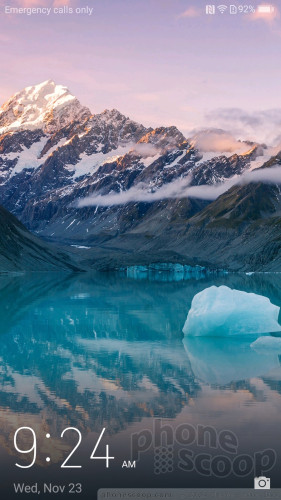
Out of the box, Huawei's Magazine Unlock tool is enabled. This basically means the lock screen changes wallpapers each and every time you unlock the phone. You can disable this if you wish. Press the screen lock button to wake the screen. It shows the time, date, and camera app shortcut, which are all positioned at the bottom of the display. Incoming notifications will push the clock/date widget upwards. I dislike that you can't access the slide-down notification / Quick Settings shade at all from the lock screen. Like most phones, the Mate 9 allows you to tweak which apps are allowed to send notifications.
You can also access some basic tools (voice recorder, calculator, flashlight, timer, and QR code reader) by swiping up from the bottom of the screen. For whatever reason, these tools are complemented by permanent music functions (fave, share, pause, stop). The extra controls just add clutter to my eyes.
Mate 9 owners can elect to set a fingerprint, PIN, password, or pattern to secure the device. Like most handsets, owners can control how quickly the Mate 9 locks itself, and what's visible on the lock screen. The fingerprint reader works very, very well. I was able to record several prints and all of them consistently unlocked the Mate 9 without trouble. The Mate 9 also lets owners protect apps and files/folders with the fingerprint lock, as well as use it to call up and dismiss the notification shade when using the home screens.
Home Screens
Huawei's Emotion UI isn't for everyone. Android 7 Nougat is technically underneath, but you generally wouldn't know it.
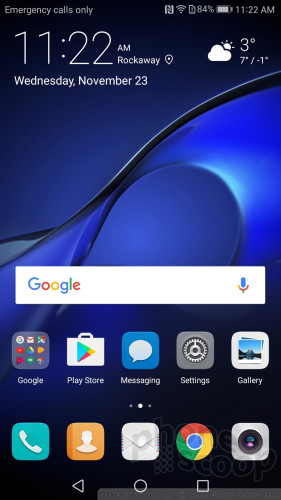
The Mate 9 has three home screen panels active on first boot. You'll notice there is no app drawer; instead, all the apps are dropped on the home screen (much like iOS.) Thankfully, Huawei allows you to add the app drawer back to the home screen panels if you wish. Huawei stuck most of the apps in folders on the second home screen panel. You can add as many panels as you wish and arrange them however you like. They support the typical set of wallpapers, shortcuts, and widgets. I like that Emotion UI includes a handful of screen transitions to choose from, and allows the home screens to loop.
The notification shade / Quick Settings drop-down tool is a bit annoying. When you swipe down, the shade only shows you notifications. If you want to see the Quick Settings tools, you have to swipe the shade down to open it and then swipe to the left to access the Settings panel. However, if there are no notifications then swiping down takes you straight to the Quick Settings panel. I dislike the inconsistency.
Emotion UI replaces the stock system settings menu with colorful icons and a different layout. What bugs me is that it gets rid of the informational text that tells you how much battery life is left, or how much storage space is available. These details are no longer visible and require digging.
As it did with the Honor 8 earlier this year, Huawei allows you to take charge of the Mate 9's fingerprint reader for other actions. You can program the button to take photos, answer calls, stop the alarm, and more. Moreover, the reader acts as small touch scroll pad within certain apps (such as your photo library), allowing you to use it to scroll up and down.
The Mate 9 includes Huawei's Smart Assistance tool. This is a wide-ranging set of controls for managing basic elements of the UI. For example, you can turn on a floating dock that makes back, home, recent, and lock buttons available on just about every app/screen. The Smart Assistance tool manages gestures, such as flipping to mute calls or raisin the phone to your ear to answer them. You can also set screenshot behaviors, turn on drawing functions, and manage split-screen functions. Last, Smart Assistance is where you'll be able to manage glove mode, smart accessories, and so on.
Huawei included its Easy Mode, too. This mode drops the standard Android home screen layout in favor of comically large app icons and other UI elements. This mode is best reserved for those who have poor vision or prefer a simplified menu structure.
The Mate 9 relies on Huawei's octa-core Kirin 960 processor. It's paired with 4 GB of RAM, which is standard for today's flagships. I was pleased with the Mate 9's performance. The phone always felt quick and never felt bogged down or slow. The device streamed high-definition video over WiFi with no hiccups whatsoever. Don't let the lack of a Snapdragon-branded chip fool you: Huawei's Kirin processors are solid.
Camera
There are several shortcuts to open the camera app. First, a double tap of the lower volume toggle will open the camera quickly and immediately fire off a shot. You can also use the lock screen shortcut, and program the fingerprint button to open the camera. Pick your poison.
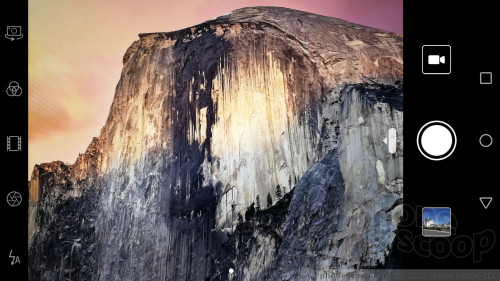
The basic layout is typical. Using the controls on the left you can jump to the selfie camera, open the filter tool, change the white balance, set aperture (bokeh effect), and toggle through the flash controls.
You access the shooting modes by swiping right, and the settings by swiping left. The Mate 9 includes a wide selection of shooting modes. You've got normal, monochrome, beauty, video, HDR, beauty video, panorama, night shot, light painting, timelapse, slow-mo, watermark, audio note, and document scan. I'm rather surprised that there's no pro/manual mode. The modes are all arranged in a grid, and I like that you can rearrange the grid to suite your own preferences.
The monochrome mode takes advantage of the Mate 9's dedicated black-and-white camera sensor to take true B&W photos. It's awesome. The rest of the modes behave more or less as they do on other phones. The audio note tool lets you record up to 10 seconds of audio after you shoot a photo; the watermark tool lets you add a stamp with the time, date, location, and weather; the light painting mode is for capturing long exposures of headlights/taillights, flashlights, or other light sources; and the document scan mode automatically finds and captures text, such as menus. Each of these is easy to use and they all work fairly well. I do wish the HDR mode were a top-level option rather than buried in the shooting mode screen.
If all you want to do is point and shoot, the Mate 9 lets you do that without much fuss. The Kirin 960 processor provides enough juice so the camera focuses and snaps photos quickly.
Photos/Video
The Mate 9 has two Leica sensors with lenses of 27mm at f/2.2 with optical image stabilization. One captures full color images at 12 megapixels and the second captures monochrome images at 20 megapixels to help improve exposure and contrast. The pair work together well and produce very good images.
The majority of images demonstrated sharp focus, accurate exposure, and good white balance. The second camera really helps when it comes to details and exposure. I was happy with low-light performance, which was free of grain thanks to data from the monochrome sensor. The Mate 9's camera doesn't equal that of the Pixel XL or iPhone 7 Plus, but it isn't too far behind.
The 8-megapixel selfie camera is also quite good. You can see lots of details in the selfie below, especially in the background. I strongly recommend you leave the beauty effect tools off for more natural results. In low-light situations, the screen will blink white to illuminate your face.
The phone can record video at up to Ultra HD (4K). I think the results are quite good. Video is sharp, properly exposed, and shows good color throughout. The 4K resolution looked excellent on my PC monitor. Footage I shot in standard, full HD was quite good, too.
The Mate 9 may not replace a dSLR, but it's certainly enough camera for most occasions.
Huawei Stuff
Since the Mate 9 is sold unlocked, there's no carrier bloatware. That's the good news. Huawei did install a pretty big selection of its own apps and services, but you can ignore them if you wish. It also tossed in some third-party apps, such as Booking.com and Todoist, which can be deleted.
Huawei's Health app isn't bad. You can use the app to track steps and weight, but also to view calories burned, distance traveled, floors climbed, and reps (weights) lifted. It works with third-party apps, which is nice, and allows you to set exercise and weight-loss goals if you want to.
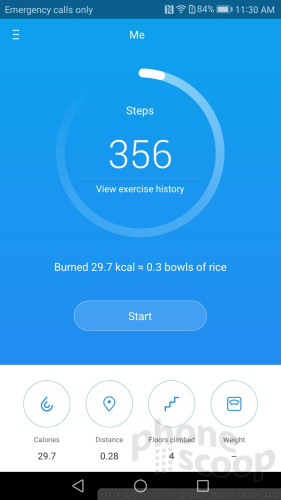
Huawei has an entire app devoted to themes. There are a handful of themes included with the app, but the real fun comes from customizing and building your own themes. It's an easy app to master and the results are rewarding.
The Smart Controller app makes use of the IR blaster to act as a remote control for your home theater equipment. I found it straightforward to set up and use and was managing my television set, cable box, and receiver in no time.
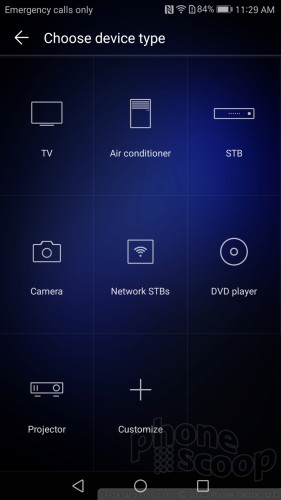


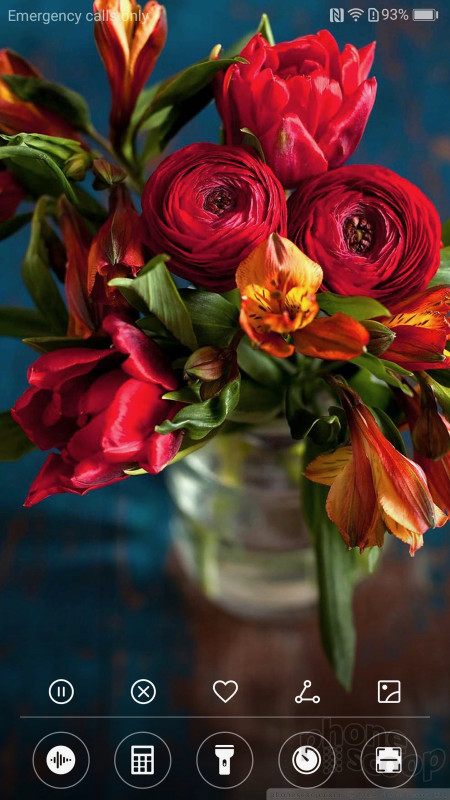





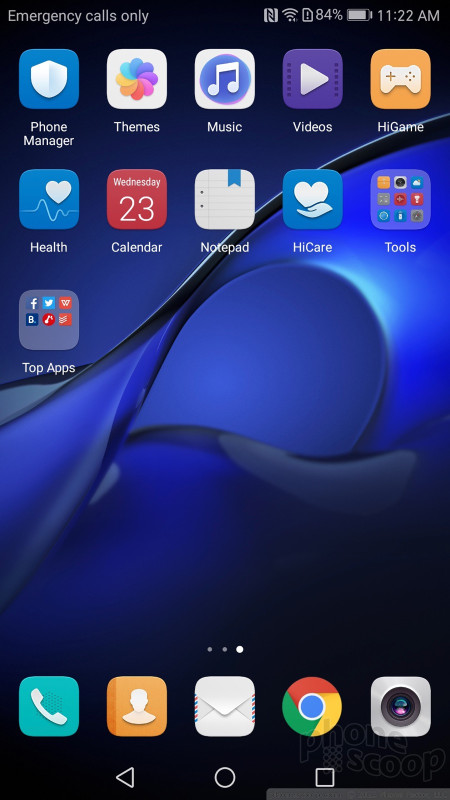








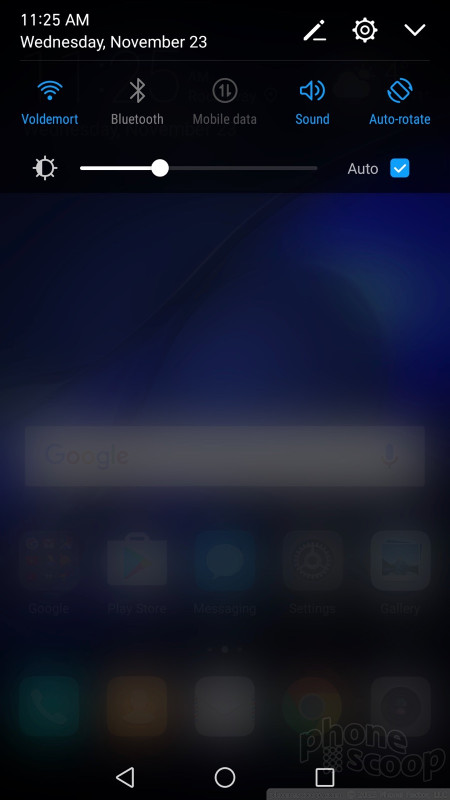



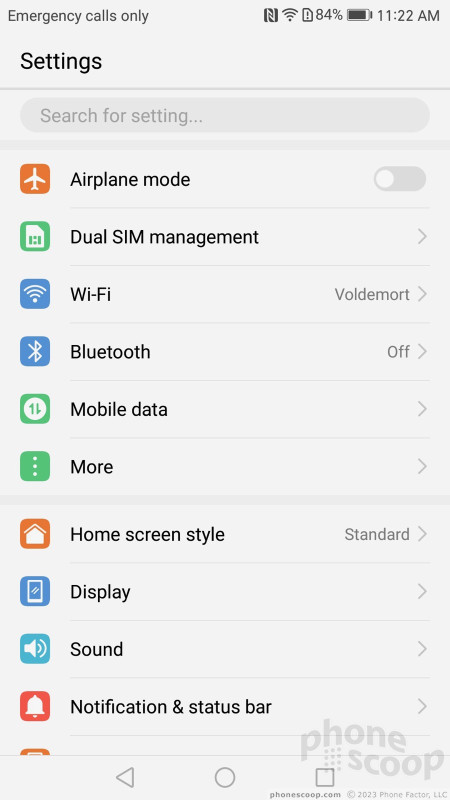







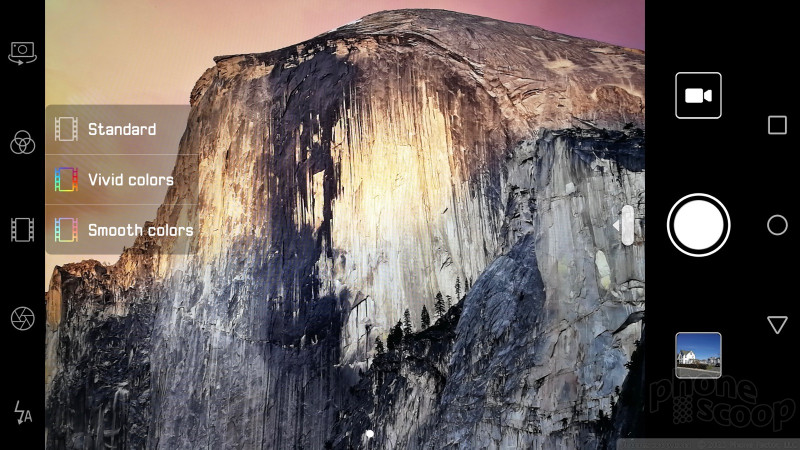







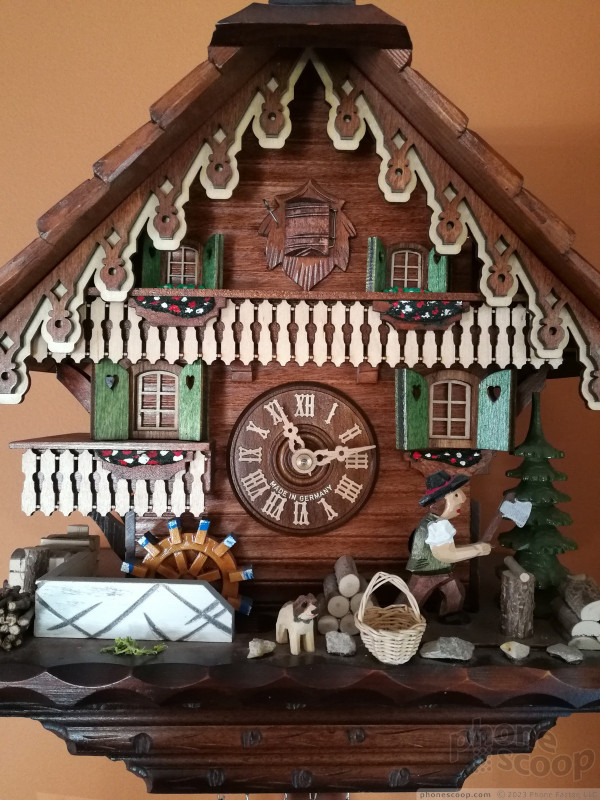















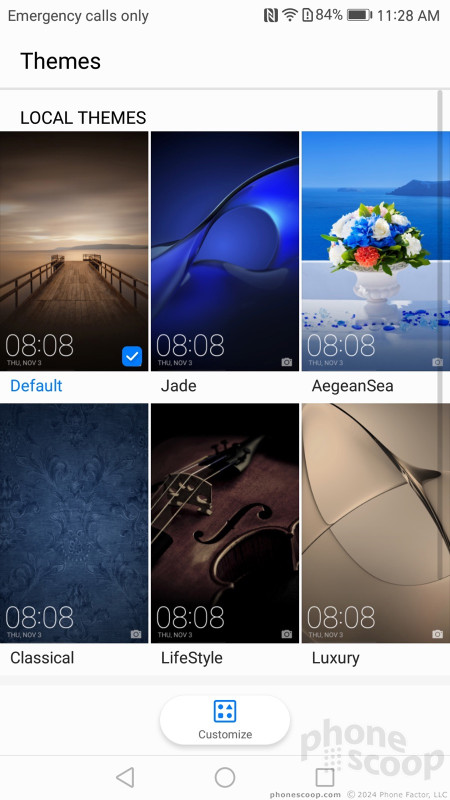



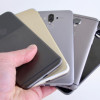 5 Best Unlocked Smartphones
5 Best Unlocked Smartphones
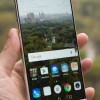 Hands On with the Huawei Mate 9
Hands On with the Huawei Mate 9
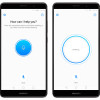 Huawei Mate 9 Gains Amazon Alexa Today
Huawei Mate 9 Gains Amazon Alexa Today
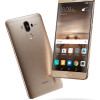 Huawei Mate 9 Coming to U.S.
Huawei Mate 9 Coming to U.S.
 Huawei Mate 9
Huawei Mate 9



